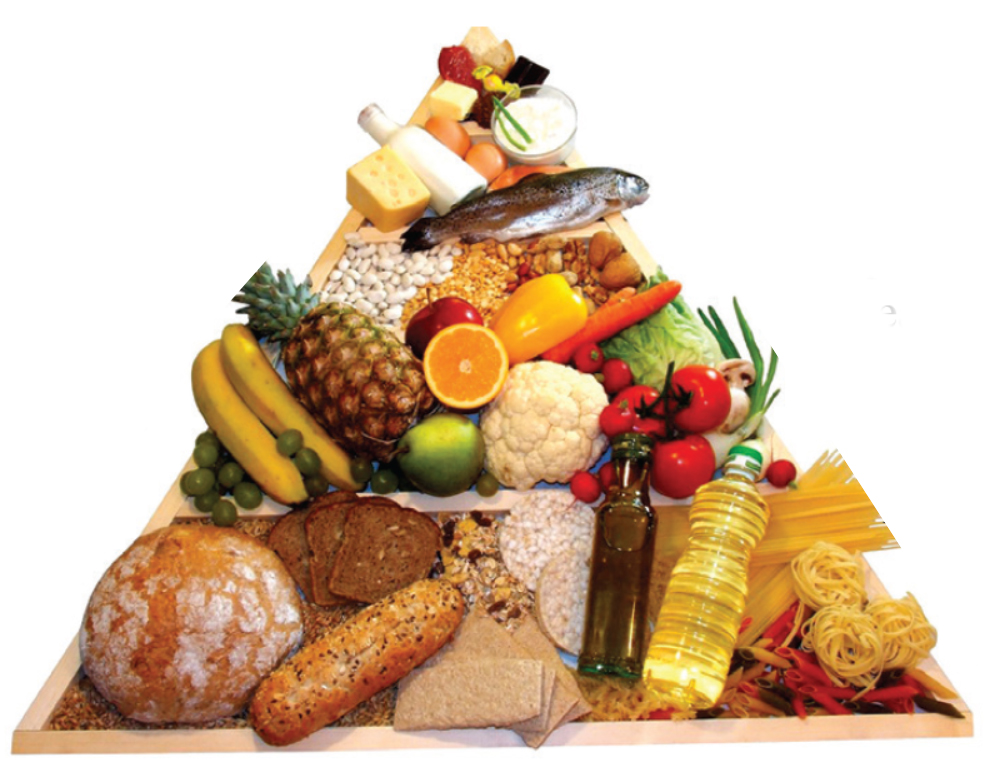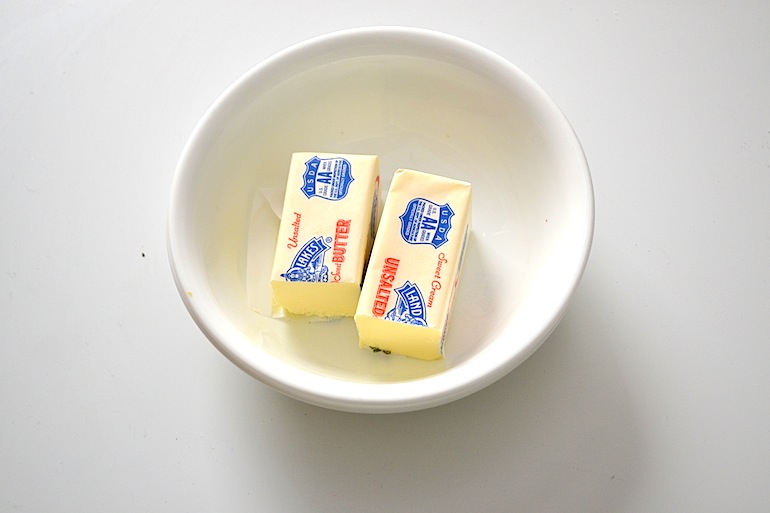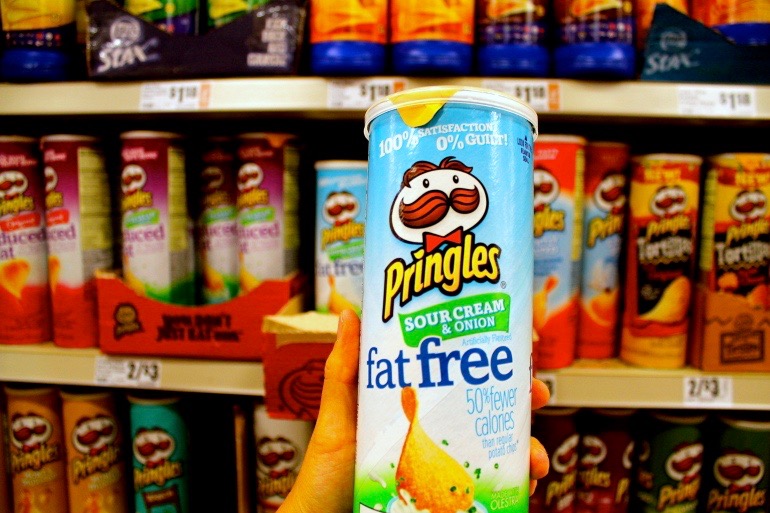It appears that Americans have been dieting all wrong. For decades, the government and food industry have led consumers to believe that a healthy diet is one that excludes fat. Well, prepare to kiss this mantra goodbye.
The recently-published U.S. Dietary Guidelines, set by the Dietary Guidelines Advisory Committee, have taken a revolutionary turn by abolishing the recommended upper limit on fat intake. This means that they no longer recommend a low-fat diet to treat obesity and discourage consumers from restricting fat intake to maintain a healthy weight.

Photo courtesy of greenmedinfo.com
The driving force behind this shift has been the wealth of research revealing the negative consequences of a low-fat diet. One such study by Dr. David Ludwig, comparing the effects of three different diets on the health of overweight young adults, found that those placed on a low-fat diet actually burned fewer daily calories than those on a high-fat diet or equal-fat-and-carbs diet.
How, then, did fat develop such a bad rep in the first place? According to food and nutrition writer Michael Pollan, America’s “lipophobia” was born in response to increased research in the 1950’s linking consumption of fat (primarily from meat and dairy products) to higher rates of heart disease. Although just a hypothesis, this ignited a widespread fear of all fats, which has persisted through the decades.

Photo by Amanda Shulman
Consequently, dietary guidelines in the 70’s recommended a reduction in red meat and dairy consumption, despite lack of scientific backing, and the food companies responded by modifying all their products to embody this new fat-free lifestyle. From Twinkies, to ice cream, to salad dressing, and everything in between, it seemed as though every type of processed food was ditching its fat to fit into this new “healthy” diet.

Photo by Natalie Choy
Little did people know that this shift in eating would result in the beginning of America’s obesity epidemic. The problem with removing fat from food? The great taste goes along with it. Therefore, to keep consumers hungry for their products, companies began replacing the fat in their processed foods with refined carbohydrates and sugar — the true nutrition villains.
Carbohydrate-rich food increases the production of insulin in the body, which in turn signals the body to store calories, rather than use them. Not only does this deprive the body of available energy for daily activity, but it also leads to increased hunger, overeating, and excess fat storage.

Photo courtesy of abcnews.go.com
And thus, you guessed it: the era of fat-free everything coincides with increased rates of obesity and diabetes in the U.S. And what about heart disease — the concern that originally spurred this low-fat phenomenon? Turns out, as Americans were reducing their consumption of animal fats, heart disease incidence was actually on the rise.
So, what can we as consumers do with this information? How should we alter our eating habits based on the new dietary guidelines? The primary takeaway point is to embrace the fat. Modern nutrition science has brought to light the plethora of benefits that healthy fats provide to the body. Thus, foods rich in monounsaturated fats such as avocados and olive oil, and polyunsaturated fats such as walnuts and salmon, should all have a permanent place on your plate.

Photo by Madeleine Stein
Note that not all fats are created equal, however. Most trans-fats, such as hydrogenated oils, should still be avoided, and saturated fats — in large amounts harmful to the body, and in small amounts having a neutral effect — should still be approached with slight caution.
This is also not to say that one should avoid carbs out of fear of weight-gain. It is the refined carbohydrates in heavily processed foods that are problematic. Carbohydrates in the form of whole grains, such as whole wheat bread, quinoa, and brown rice, still are an essential part of a healthy diet.

Photo courtesy of fortune.com
Nutrition is complicated, but the new dietary guidelines actually make eating simpler. The easiest nutrition advice to stick to is to eat natural, whole foods and avoid processed foods with lengthy ingredient lists. Focus on improving the quality of the food you eat, rather than counting calories or limiting food groups.
And with that, grab yourself an avocado and bust out that almond butter because fat… is back.


